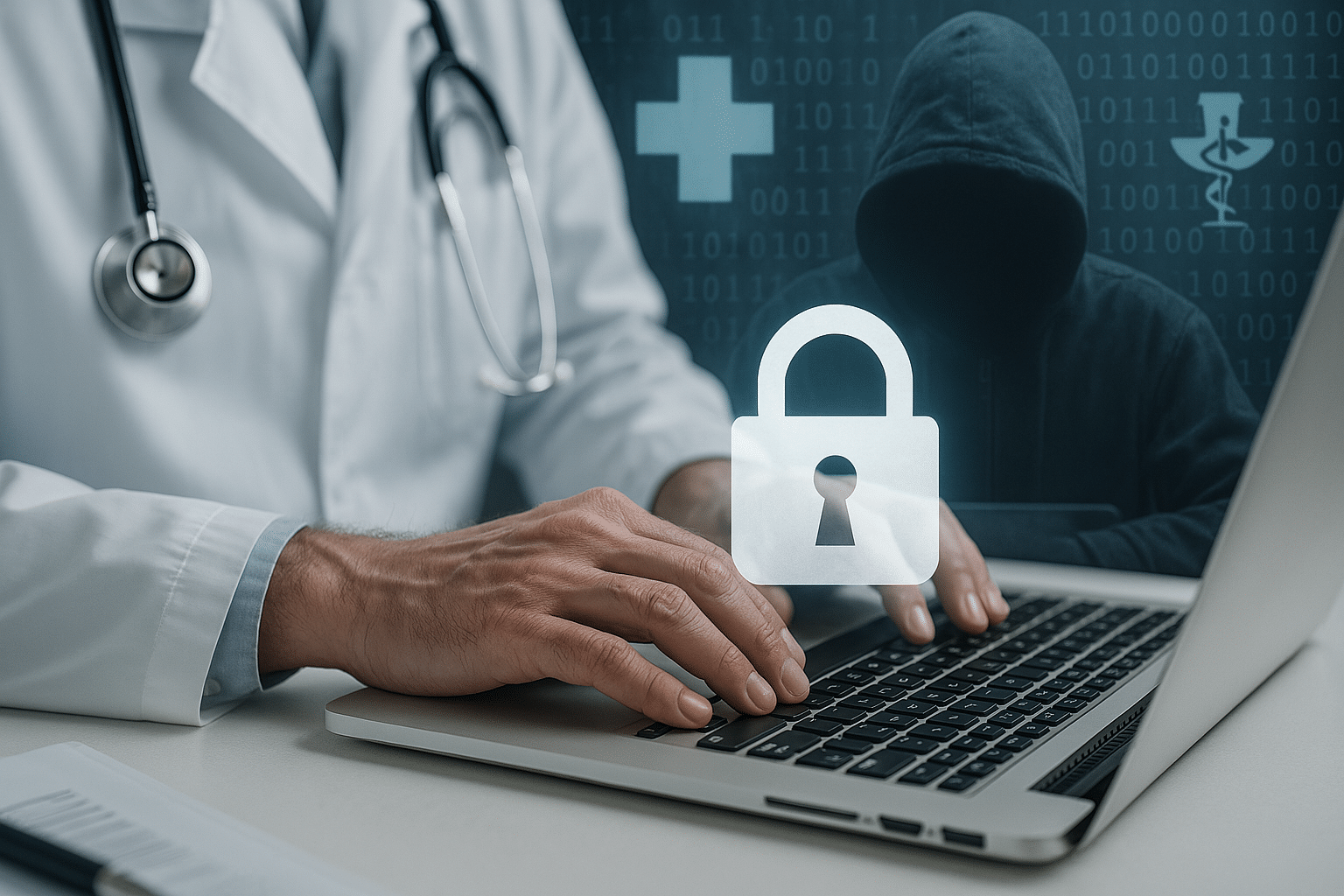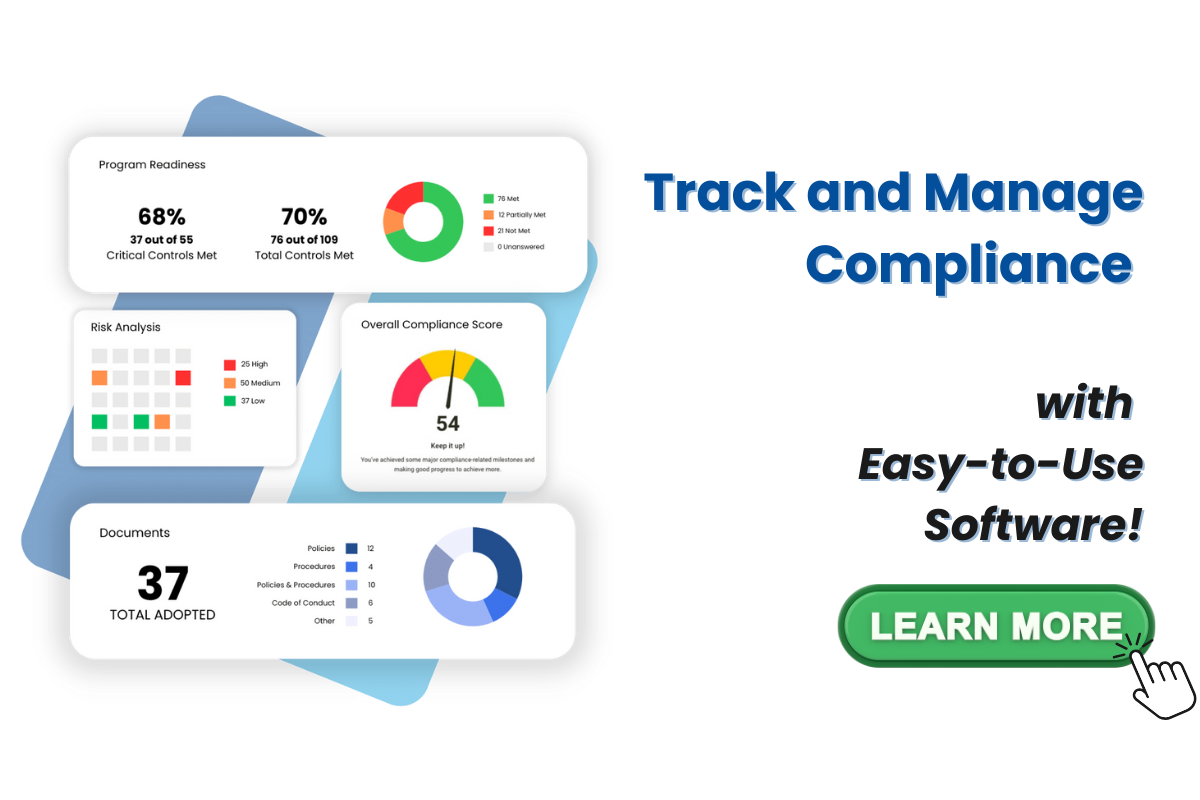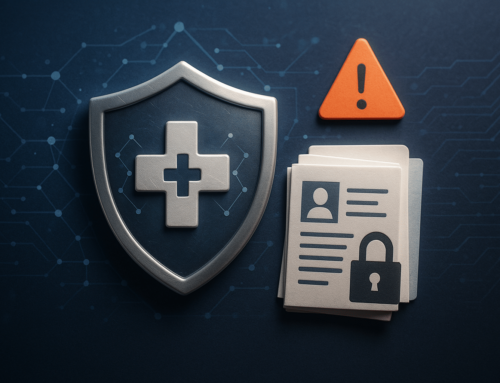
Healthcare cybersecurity continues to face serious challenges in 2025. In March alone, 44 data breaches across the industry compromised the protected health information (PHI) of 1,583,518 patients—a staggering reminder that cyber threats aren’t slowing down.
With the vast majority of incidents caused by hacking, the numbers tell a story that healthcare organizations can’t afford to ignore.
Breach Breakdown: Who Was Hit and How
The healthcare industry was hit hard in March 2025, with a whopping 86% of the 44 data breaches affecting healthcare providers. Hackers and IT incidents were the main culprits, accounting for 77% of patients affected by the month’s breaches.
By Entity Type:
- Healthcare Providers bore the brunt of the attacks, with 38 of the 44 breaches (86.36%). These incidents affected 1,555,111 patients—98.21% of all impacted individuals.
- Health Plans reported 4 breaches (9.09%), compromising 20,807 patient records (1.31%).
- Business Associates, third-party vendors who work with healthcare data, were responsible for 2 breaches (4.55%), affecting 7,600 patients (0.48%).
By Type of Breach:
- Hacking/IT Incidents remained the most common threat, responsible for 34 breaches (77.27%) and impacting 1,500,313 patients (94.75%). These attacks often involve ransomware, phishing, or exploitation of unpatched systems.
- Unauthorized Access or Disclosure accounted for 8 breaches (18.18%), exposing 81,881 patient records (5.17%). These events typically result from employee negligence, curiosity, or malicious insiders.
- Theft, though less frequent, still occurred in 2 cases (4.55%), leading to the exposure of 1,324 patient records (0.08%)—often due to stolen devices containing unencrypted data.
What This Means for Healthcare Organizations
These numbers highlight a sobering reality: cybercriminals continue to view healthcare as an easy and lucrative target. Patient data is highly valuable on the black market, and the sector’s reliance on third-party vendors and legacy systems only adds to its vulnerability.
To stay ahead of the threats, healthcare organizations must:
- Invest in strong cybersecurity infrastructure, including advanced threat detection and response.
- Regularly audit access logs to catch unauthorized activity early.
- Ensure all devices are encrypted and secure against physical theft.
- Train staff continuously on security protocols and phishing awareness.
- Vet third-party vendors to ensure they meet high data protection standards.
Final Thoughts
The breaches of March 2025 are another loud wake-up call. With 1.5 million patients impacted in a single month, the stakes for healthcare data protection have never been higher.
Protecting patient data isn’t just a compliance issue—it’s a matter of trust, safety, and responsibility.
Let’s hope the industry starts treating it that way.
Want insight into breaches and fines and how to prevent them? Download our eBook now!









